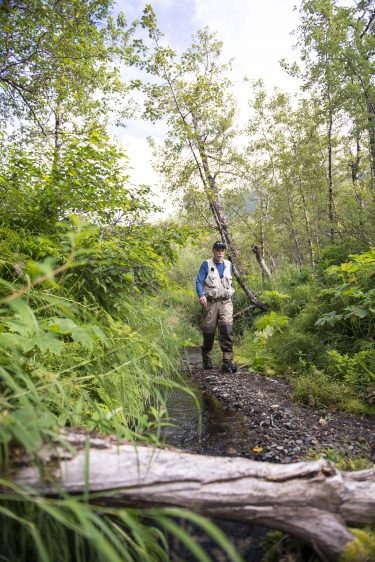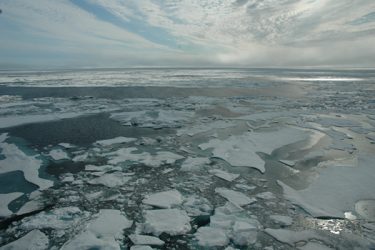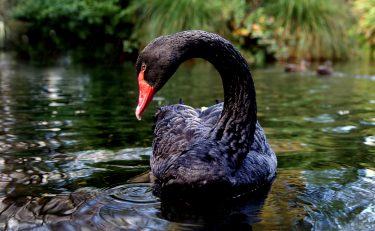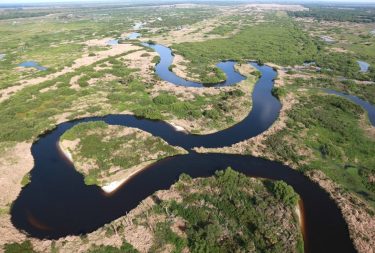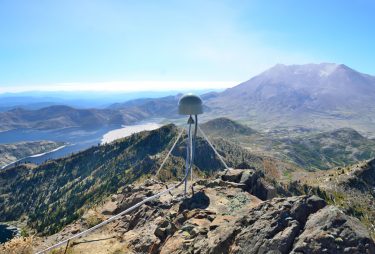
Stock traders have long used specialized trackers to decide when to buy or sell a stock, or when the market is beginning to make a sudden swing.
A new University of Washington study finds that the same technique can be used to detect gradual movement of tectonic plates, what are called “slow slip” earthquakes. These movements do not unleash damaging amounts of seismic energy, but scientists are just beginning to understand how they may be linked to the Big One.
This new approach can quickly pinpoint slow slips from a single Global Positioning System station. It borrows the financial industry’s relative strength index , a measure of how quickly a stock’s price is changing, to detect slow slips within a string of GPS observations. The paper was published in December in the Journal of Geophysical Research: Solid Earth.
“I’ve always had an interest in finance, and if you go to any stock ticker website there’s all these different indicators,” said lead author Brendan Crowell, a UW research scientist in Earth and space sciences. “This particular index stood out in its ease of use, but also that it needed no information — like stock volume, volatility or other terms — besides the single line of data that it analyzes for unusual behavior.”
The study tests the method on more than 200 GPS stations that recorded slow slips between 2005 and 2016 along the Cascadia fault zone, which runs from northern California up to northern Vancouver Island.
Read more at UW Today »



